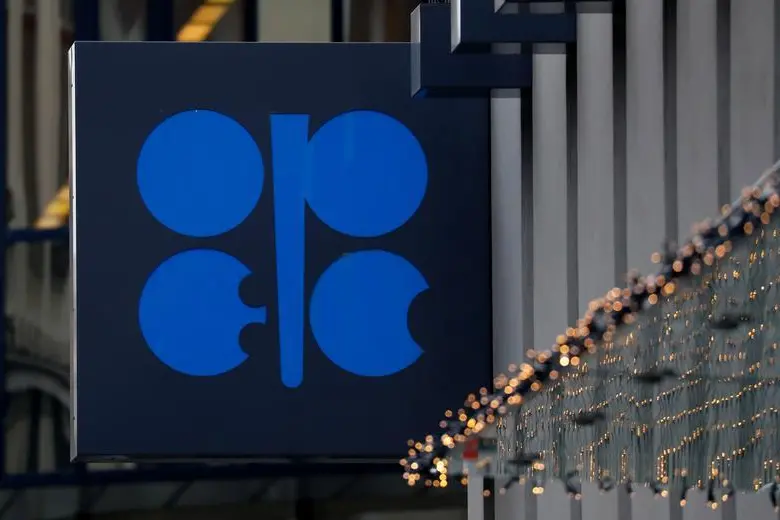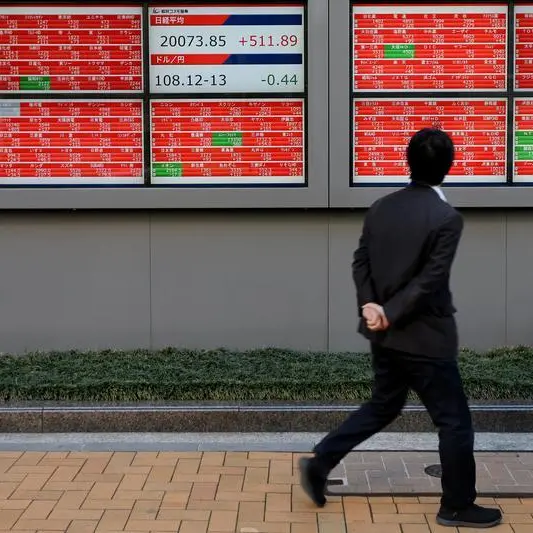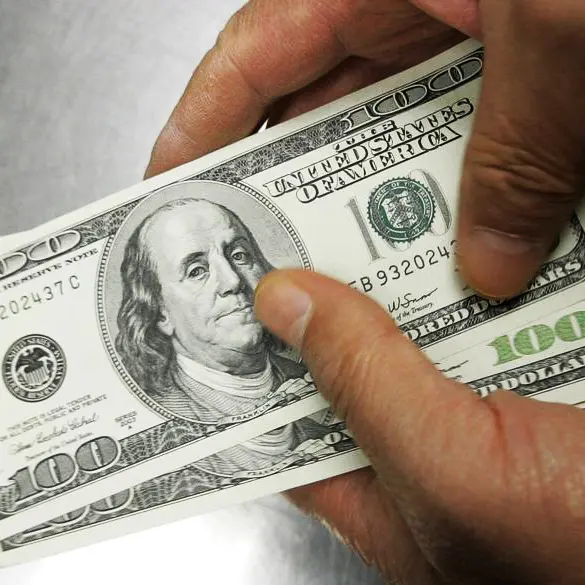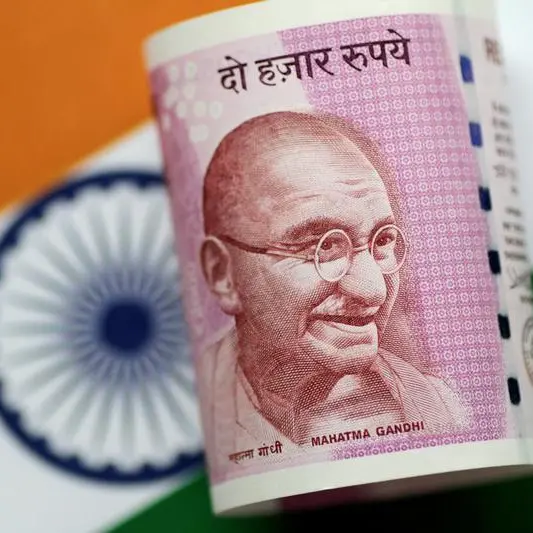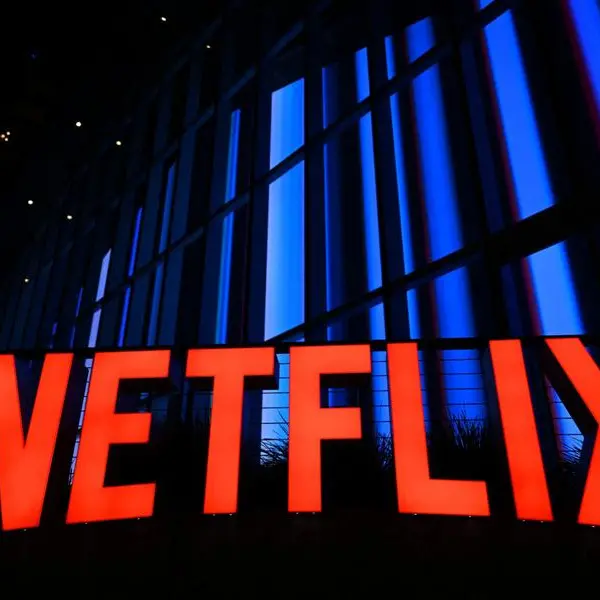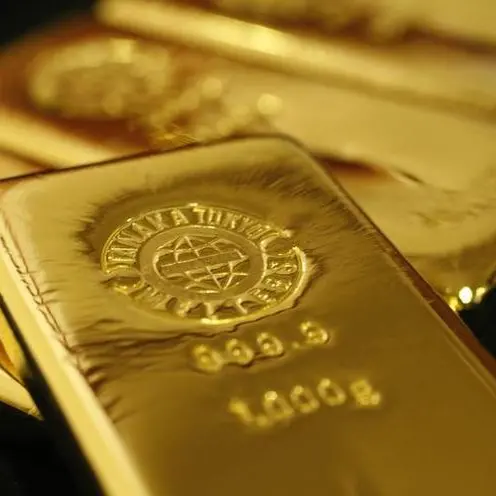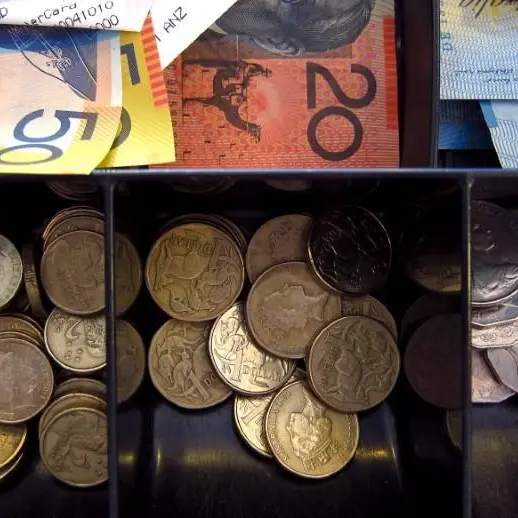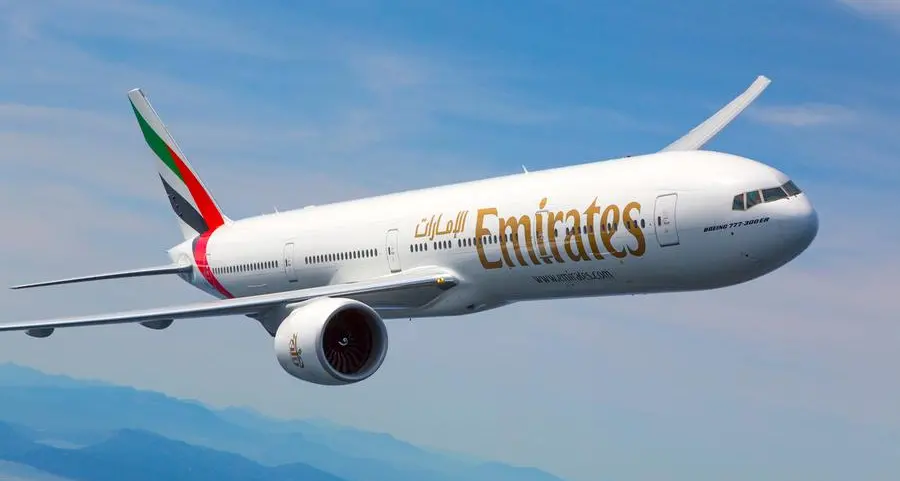PHOTO
The ministers of OPEC+, an alliance between OPEC members and 10 friendly producer nations led by Russia, will meet this week to look at the global oil markets.
On April 1, the ministers agreed to ease production cuts by 350,000 barrels per day (bpd) during May and June, and 441,000 bpd in July. Saudi Arabia also announced its intention to roll back its voluntary 1 million bpd reductions over the same period.
As has so often happened, the coronavirus disease (COVID-19) has again delivered a curve ball to plans by world leaders. India showed new infections in the hundreds of thousands, more than 350,000 on Monday alone, and new Indian mutant variants of the virus have raised grave concerns among virologists around the globe. In India, demand for gasoline and diesel has been down by 20 percent from March, according to Bloomberg, and many countries have closed their borders to flights from there.
Previously, India had been one of the three geographies oil producers put great store in, alongside China where oil consumption had reached pre-pandemic levels, and the US, where the vaccination program was taking track. No wonder then that the oil price slid to $65.1 per barrel for Brent and $61.2 for West Texas Intermediate (WTI) early on Monday afternoon, representing a price increase well above 25 percent since Jan. 1. OPEC+ ministers will now need to calibrate the previously announced tapering of cuts with the new situation. However, overall, the economic outlook looks good, with the International Monetary Fund forecasting the global economy to grow by 6 percent this year. The predictions for the US and China are well above that. Ministers can take heart from those figures but, as always, in oil there are pros and cons to every decision.
Chinas recovery is powering ahead, and the US monetary and fiscal stimuli averted the worst, while the new $2.3 trillion planned infrastructure program will not just power the price of copper and other base metals, but also of oil. While Europe is still in the grip of the COVID-19 pandemic, the UK is starting to open slowly and steadily, as its vaccination program moved down to the category of the 44-year-olds.
Over the weekend, EU Commission President Ursula von der Leyen said that the continent would open for American tourists during the summer, provided they had the right type of vaccinations, which bodes well for jet fuel demand. In other words, the mood is positive and particularly when looking at China the facts support the sentiment. Backwardation in oil prices at various levels across the board seems to support that thesis. However, if the last year has taught the world anything, it is that nothing is predictable when it comes to the virus.
Its not just India and continental Europe putting a drag on demand. On the supply side the faster-than-expected progress in terms of reinvigorating a nuclear agreement with Iran bears the potential of more Iranian crude hitting the market. Production in Iran had been down by 1.5 million bpd between May 2018 and March, according to OPEC.
New accords between the P5+1 (the five permanent members of the UN Security Council plus Germany) and Tehran, could result in more crude exports from Iran. This, in turn, would probably necessitate involving Iran, which is currently exempt, in future production restrictions of OPEC+, which is bound to lead to difficult conversations in the OPEC+ alliance. All in all, OPEC+ ministers will have to weigh carefully whether to stick to their April 1 resolution or tweak it reflecting the new situation on the ground. Trust Russia to push for more aggressive production profiles and others, especially Saudi Arabia, to err on the side of caution.
OPEC+ has been good for many surprises over the last few months. We should all await the meeting with bated breath.
Cornelia Meyer is a Ph.D.-level economist with 30 years of experience in investment banking and industry. She is chairperson and CEO of business consultancy Meyer Resources. Twitter: @MeyerResources
Copyright: Arab News 2021 All rights reserved. Provided by SyndiGate Media Inc. (Syndigate.info).
